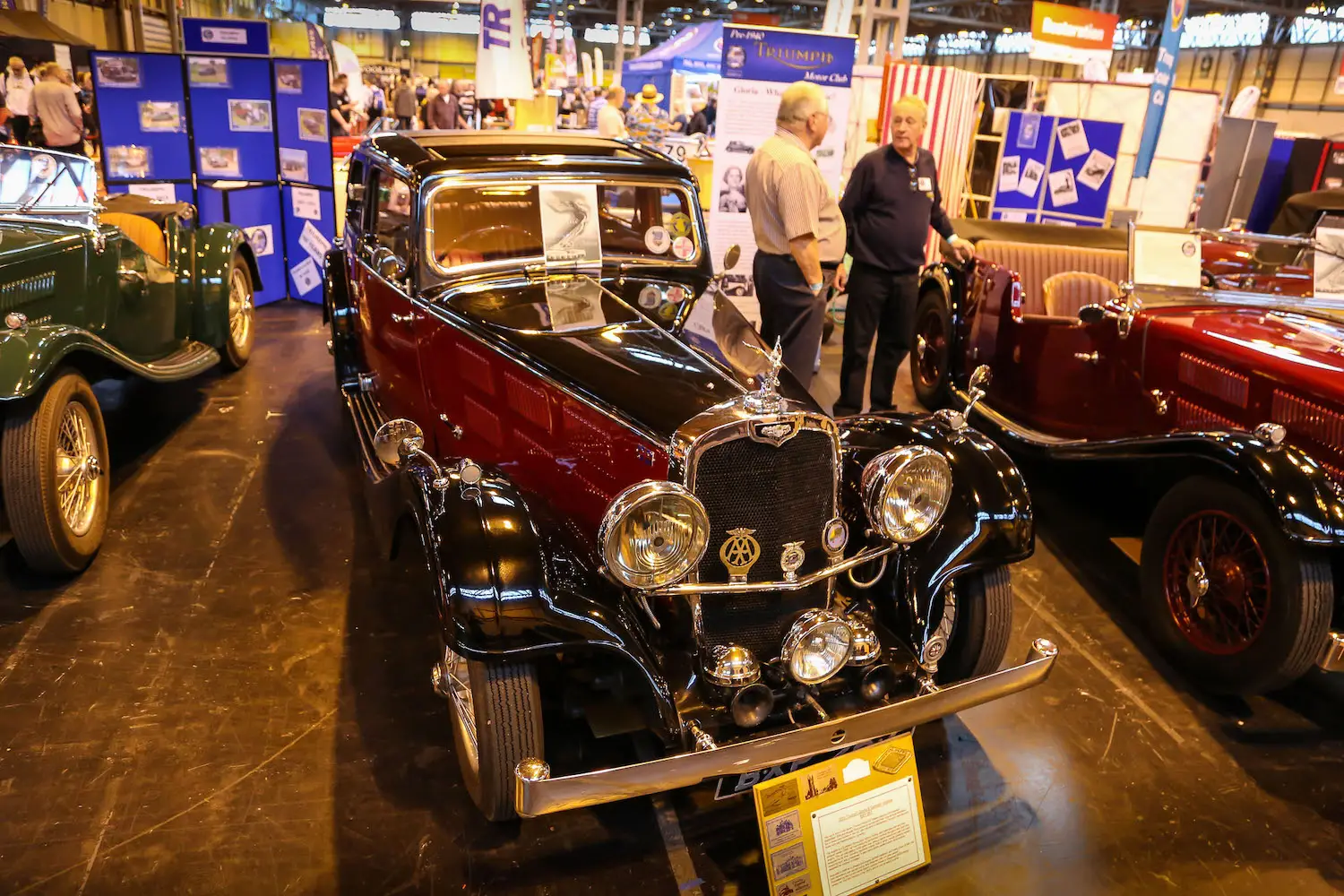The history of automobiles is an exciting one. From the first car to today, there have been many advancements and improvements along the way.
The modern automobile is built upon Christiaan Huygens’ invention of the internal combustion engine in 1601. This invention has become one of the world’s most ubiquitous and globally manufactured technologies.
Karl Benz
Carl Benz was a German inventor credited with developing the first car. Despite financial struggles and unsupportive associates, Benz managed to design and construct an automobile with an integrated internal combustion engine that revolutionized transportation.
Prior to the turn of the century, self-propelled vehicles relied on steam engines for propulsion. But with the introduction of internal combustion engines in automobiles, manufacturers gained a lighter, more compact, and efficient means of powering their cars.
In 1885, Karl Benz unveiled his motorized tricycle known as the Benz Patent-Motorwagen (also referred to as the Benz Automobile). This vehicle featured wire wheels instead of wooden ones and a gasoline-powered internal combustion engine mounted between its rear wheels.
It featured a coil ignition system, evaporative cooling system and roller chains to transmit power to the rear axle. As such, it became one of the first practical and appealing automobiles available to consumers. Bertha Benz even took her car on a 66-mile trip from Mannheim to Pforzheim to promote its usefulness.
Leonardo da Vinci
Leonardo da Vinci, a Renaissance humanist and inventor, had an inquisitive mind for technology. His inventions such as the flying machine, helicopter, bicycle and diving suit were hundreds of years ahead of their time – testament to the genius of this great man.
In 1478, Leonardo da Vinci created a design for what would become known as the “automobile,” one of history’s most revolutionary inventions. This invention would become known as the “automobile,” and its success cemented its place among other groundbreaking innovations.
Henry Ford
Henry Ford (1863-1947) is renowned for many things, but most people remember him as the inventor of the Model T car – which revolutionized the automobile industry in numerous ways.
Ford was able to boost profits with this model due to its affordability and ease of repair, both factors that appealed to average Americans. This allowed Ford to offer affordable vehicles that could be affordably purchased and easily repaired, helping boost consumer spending power in America.
He also introduced the assembly line, revolutionizing American manufacturing. This enabled him to produce more cars faster and more efficiently.
He had to make sacrifices during the early years of his company because he believed in making affordable vehicles for Americans, leading to a battle with investors who thought Ford should manufacture costly vehicles.
The Ford Model T
The Ford Model T was an innovative automobile that revolutionized American life. Lauded as reliable, easy to maintain and ideal for mass transportation, the Model T revolutionized how people viewed automobiles.
Before the Model T, cars were expensive, scarce and unreliable. Henry Ford founded his company in 1903 with a vision to create an affordable yet practical vehicle suitable for everyday use. With this mission in mind, Henry Ford set out to make this possible.
As soon as the Model T was unveiled, orders began pouring in. Ford employed moving assembly lines to manufacture thousands of them daily.
Early Model Ts offered a comfortable ride at high speeds, but no brakes on the wheels. Instead, pressing on the right foot pedal operated a lever that applied pressure around the brake drum on the transmission. Later production models could be equipped with after-market rear wheel brakes for added security.

